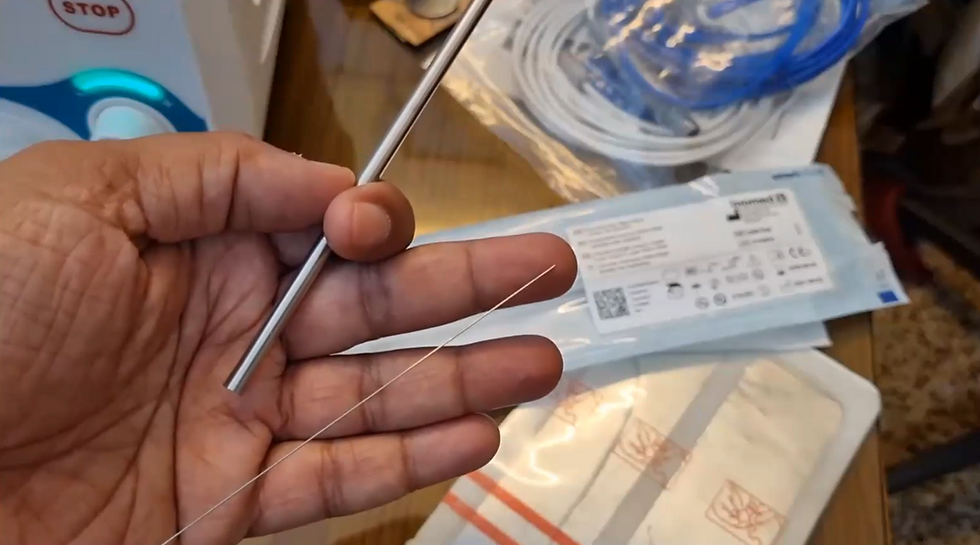The history of Radio Frequency (RF) in Pain Management
The history of Radio Frequency (RF) in Pain Management unfolds with notable milestones. In 1931, the inaugural use of electric current for the Gasserian ganglion block marked the genesis, employing a current strength of 350 mA. Subsequent breakthroughs included the 1965 introduction of percutaneous lateral cordotomy for alleviating unilateral pain in cancer patients. Between 1980 and 1995, Dr. Shealy played a pivotal role by employing RF lesioning for spinal pain during median branch block procedures. A significant advancement during this period was the introduction of the Sleujter Mehta Kit (SMK), featuring a 22-gauge cannula with a thermocouple probe for temperature measurement. This innovation became indispensable in ensuring precise lesion sizing, establishing temperature monitoring as a crucial element for achieving consistent results in RF-based pain treatments.
Radio Frequency (RF) lesioning principle
The principle of Radio Frequency (RF) lesioning involves the application of a very high-frequency current through a 27 G thermocouple probe. This probe passed through a 20/22G cannula, is insulated except for its tip. When a high-frequency alternating current is introduced (at 300 kHz), charged ions move back and forth, creating electro-mechanical friction that generates heat. Importantly, the thermocouple probe itself does not heat up; instead, it dissipates the heat produced into the surrounding tissue. This process allows the operator to control the amount of heat applied. The resulting lesion takes on the shape of a matchstick head with a diameter ranging from 2 to 4 mm. Beyond this distance, the electrical field weakens as it disperses, preventing the production of a lesion. This careful control and precision in generating heat through RF lesioning make it a valuable technique in pain medicine, offering targeted relief with minimal impact beyond the intended area.
.jpg)


Comments